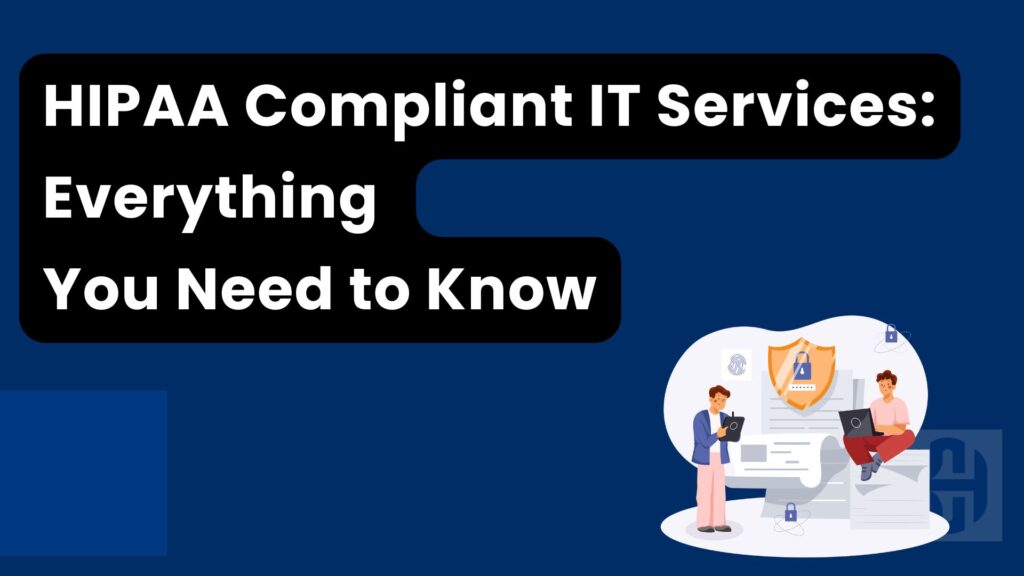In the world of healthcare, protecting patient data is as crucial as protecting their physical health. Yet, as we look back on 2023, it’s clear that the healthcare industry continued to face significant challenges in safeguarding sensitive information. Let’s dive into the key trends and notable incidents from the past year, as reported in the HHS Data Breach Report.
The Big Picture: Cybersecurity Under Siege
If there’s one takeaway from 2023, it’s this: hackers had a field day with healthcare data. The majority of reported breaches fell under the ominous category of “Hacking/IT Incident.” This isn’t just a statistic; it’s a glaring reminder that cybercriminals are relentlessly targeting our health information.
Network servers and email systems bore the brunt of these attacks. It’s like leaving your front door and windows wide open in a neighborhood known for break-ins – not a great idea.
The Usual Suspects (and Victims)
Healthcare providers found themselves in the unenviable position of being the most frequent targets. But they weren’t alone in this struggle. Business associates and health plans also had their fair share of headaches dealing with data breaches.
When Numbers Tell a Scary Story
Some of the breaches reported in 2023 were staggering in their scale. Let’s look at a few that made us do a double-take:
- HCA Healthcare: 11,270,000 individuals affected (July 31, 2023)
- Welltok, Inc.: 14,762,475 individuals impacted (November 6, 2023)
- Perry Johnson & Associates, Inc.: 8,952,212 individuals affected (November 3, 2023)
- Managed Care of North America (MCNA): 8,861,076 individuals impacted (May 26, 2023)
These aren’t just numbers; they represent real people whose personal information was compromised. It’s a sobering reminder of the massive responsibility healthcare organizations bear in protecting patient data.
Trends That Keep Security Professionals Up at Night
- The Business Associate Boom (in Breaches): Many high-impact breaches involved business associates. This trend highlights the critical need for robust third-party risk management. After all, your data is only as secure as your weakest link.
- Repeat Offenders: Some healthcare organizations experienced multiple breaches throughout the year. It’s like lightning striking twice – except it’s not lightning, and it’s happening way too often.
- The Human Factor: While hacking incidents stole the spotlight, unauthorized access and disclosure incidents still posed significant risks. Sometimes, the call is coming from inside the house, folks.
- Physical Security Matters: Several incidents involved the theft or loss of devices containing sensitive information. In an age of sophisticated cyber attacks, it’s a reminder that sometimes, old-school physical security is just as important.
So, What Can We Do?
As we move forward, here are some key recommendations for healthcare organizations:
- Beef up those cybersecurity measures, especially around network servers and email systems. They’re like the castle walls of your digital kingdom.
- Train your employees like you’re preparing for a data security Olympics. The human firewall is often the most critical line of defense.
- Don’t forget about your business associates. Their security is your security.
- Encrypt, encrypt, encrypt! Especially on portable devices. If it can walk out the door, it needs to be locked down tighter than Fort Knox.
- Regular security audits aren’t just a good idea; they’re essential. Think of them as health check-ups for your data security.
The Bottom Line
2023 was a challenging year for healthcare data security, but it also provided valuable lessons. As we move forward, the healthcare industry must remain vigilant and proactive in its approach to data security and privacy. After all, in the digital age, protecting patient data is an integral part of the Hippocratic Oath.
Stay safe, stay secure, and here’s to hoping for fewer breaches and better protection in the years to come! Need help figuring out HIPAA Compliance? Give HIPAA Certify a call.





